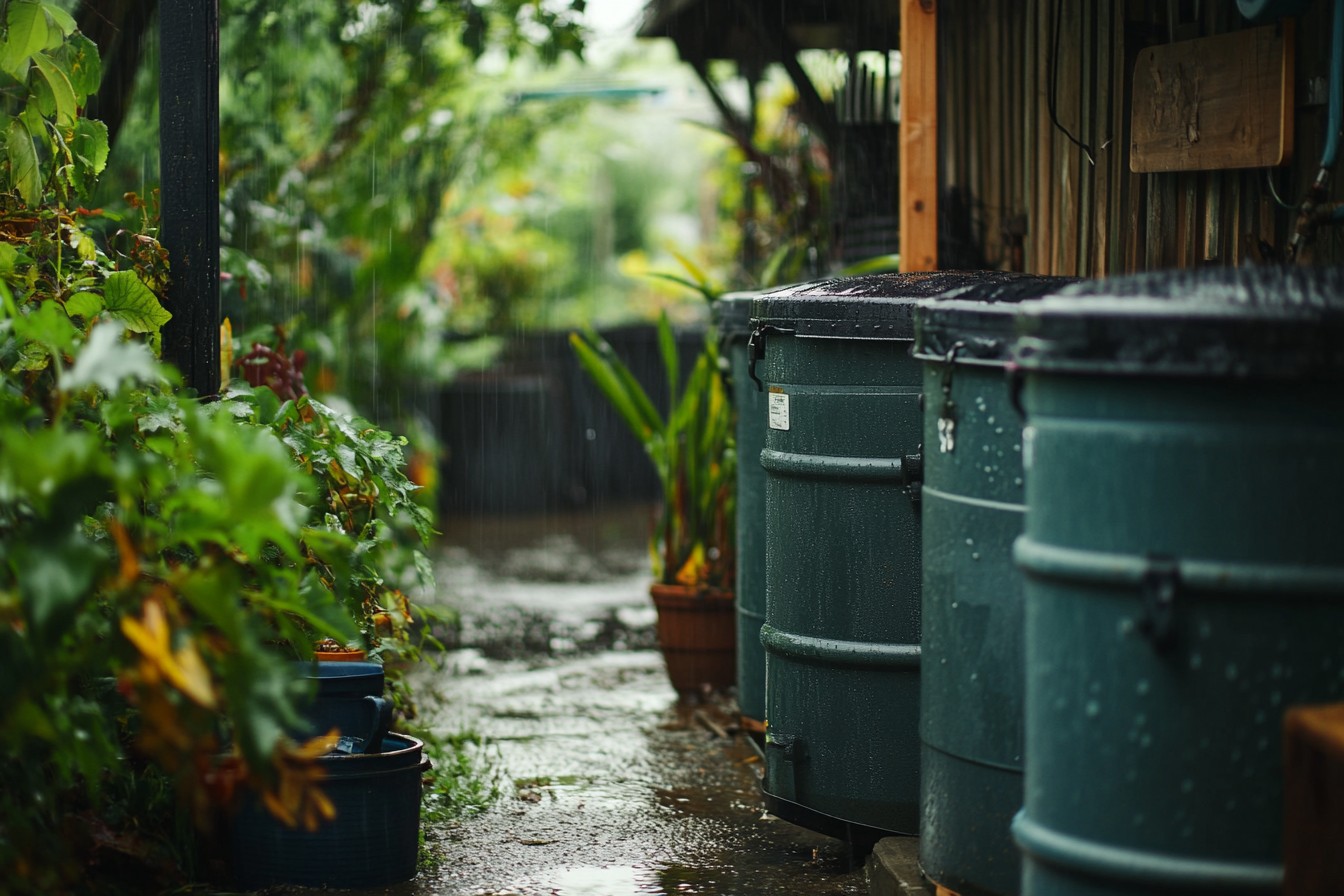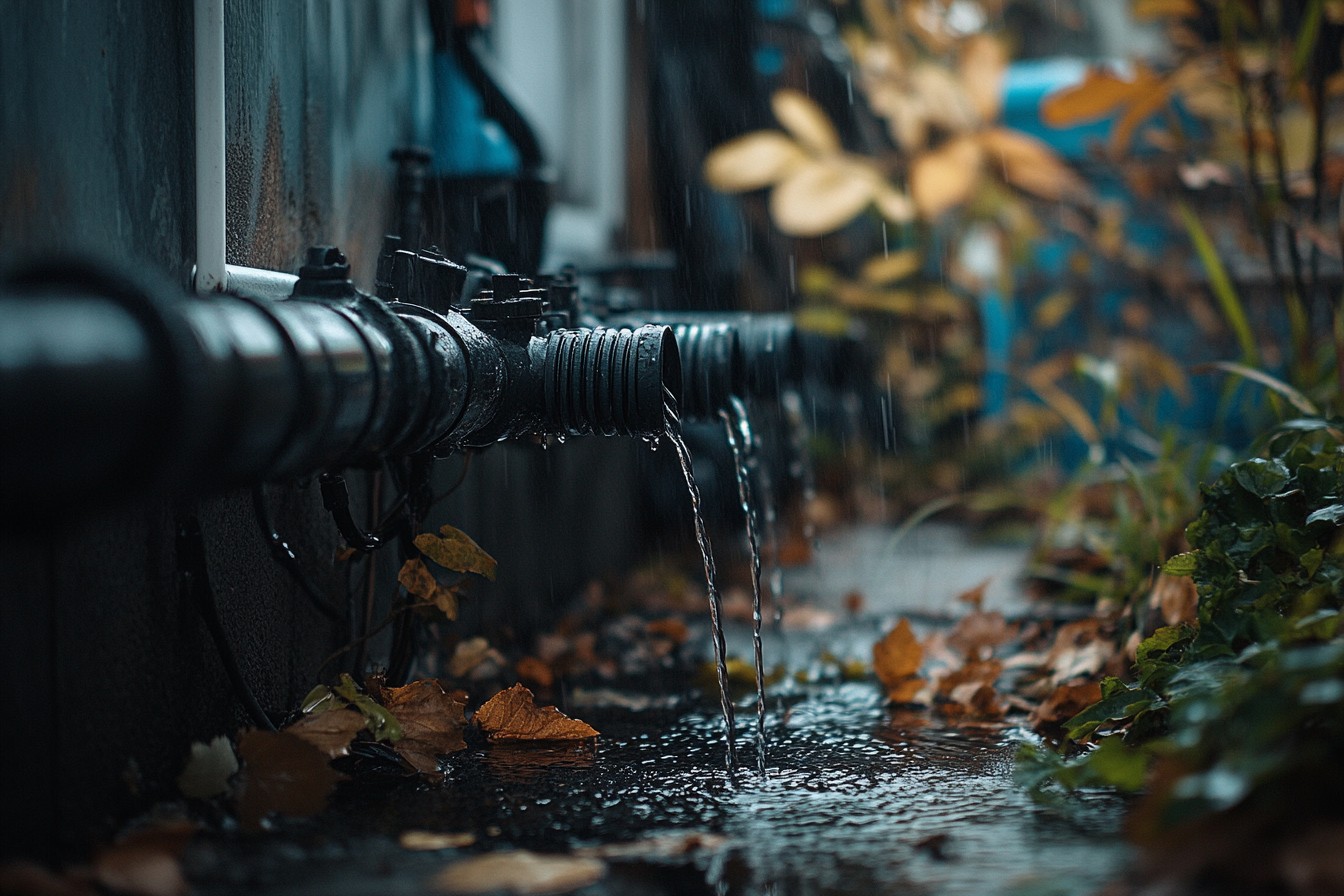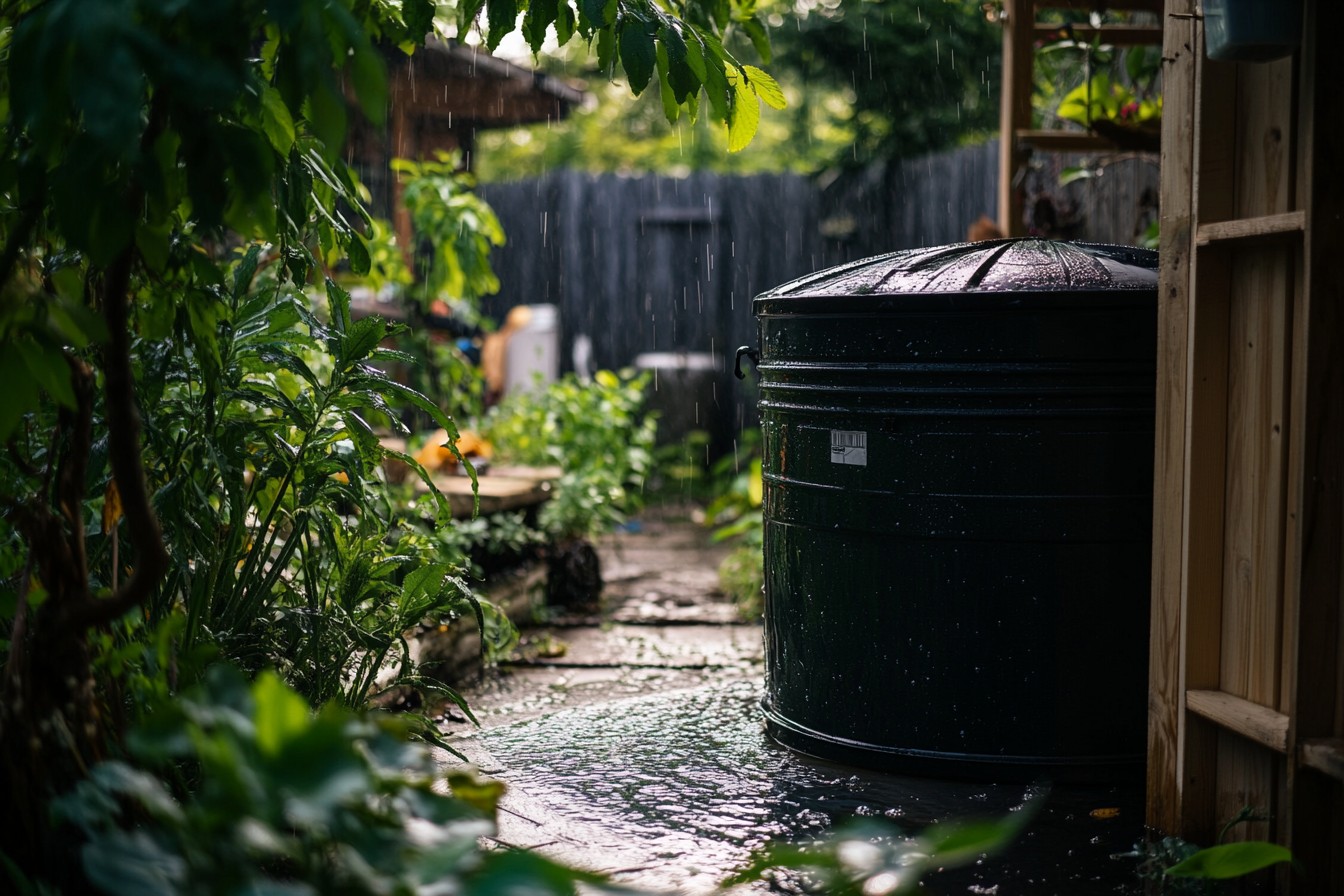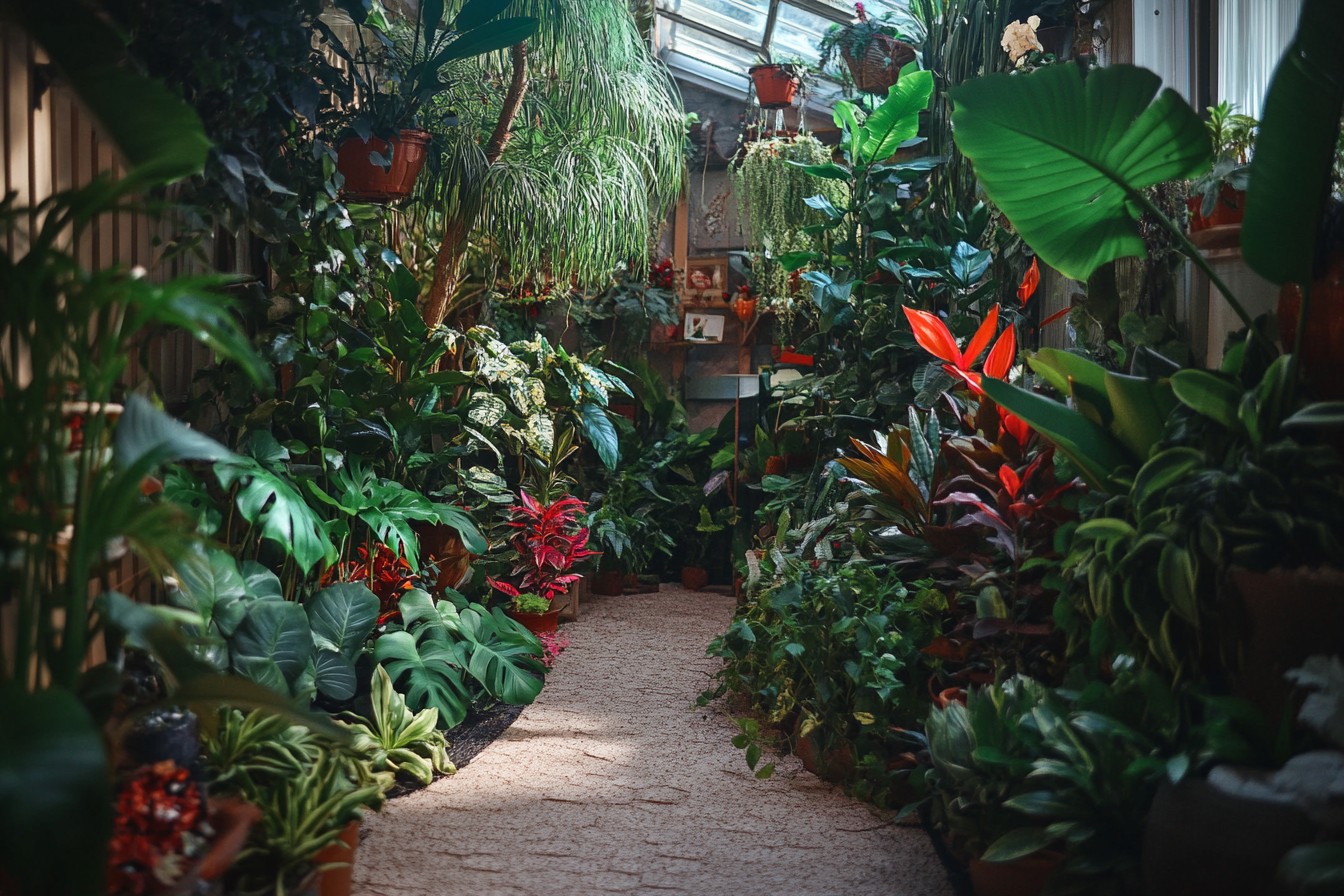I learned about rainwater harvesting maintenance the hard way. It was summer 2018, and I’d been feeling pretty smug about my setup—three 55-gallon barrels daisy-chained together, collecting runoff from my apartment building’s roof with the landlord’s reluctant blessing. For months, everything worked perfectly.
Free water for my ever-expanding plant collection! Take that, water bill! Mother Nature’s finest, delivered straight to my thirsty tomatoes!
Then came the smell. Not just any smell. The kind of odor that makes your neighbors text you at 8 AM on a Saturday with messages like “DID SOMETHING DIE OUTSIDE YOUR WINDOW???” It was a swampy, primordial stench that somehow combined notes of rotten eggs, stagnant pond, and that one time I forgot a protein shake in my gym bag for a week in July.
Turns out, neglecting maintenance on a rainwater harvesting system transforms it from an eco-friendly water source into what my friend Tasha eloquently described as “dinosaur soup.” That weekend involved a hazmat-worthy cleanup operation, complete with me in rubber gloves up to my elbows, gagging dramatically while my neighbor Marco watched from a safe distance, offering unsolicited commentary and absolutely zero practical help. Since that traumatic day, I’ve developed a maintenance routine that’s kept my system running smoothly for years. It’s not complicated, but it is necessary—kind of like flossing, except when you skip this, the consequences are a lot more publicly humiliating than a stern look from your dentist.
My system has evolved over the years. I now have four 65-gallon food-grade plastic barrels connected in series, a first-flush diverter, mesh filters at various points, a small solar-powered pump for pressure, and about 17 different adapters that I’ve cobbled together because apparently there’s no standardization in the world of rainwater harvesting components. The whole thing looks like it was designed by someone with too much time, too many plumbing parts, and a questionable understanding of aesthetics—which is a pretty accurate description of me on a weekend project binge.
Every two weeks, I do what I call my “quick check,” which takes about 15 minutes. First, I inspect all the mesh filters—there’s one at the gutter downspout, one at the first-flush diverter, and one at each barrel inlet. These catch everything from leaves to the occasional confused insect to that mysterious gritty black stuff that accumulates on roofs.
In spring, I’m also removing a disturbing amount of pollen that looks like someone sprinkled yellow-green dust over everything. I use an old toothbrush dedicated to this purpose (clearly labeled “NOT FOR TEETH” after an unfortunate mix-up that my girlfriend still brings up years later) to gently scrub the mesh clean. The gunk goes straight into my compost bin—it’s mostly organic matter, after all, though I’m still not entirely sure what some of it is.
Better in the compost than in my water barrels, that’s for sure. Next, I check all connections for leaks. This involves crawling around the system with a flashlight, looking for wet spots, and tightening fittings.
I’ve learned that temperature fluctuations cause the plastic to expand and contract just enough to create slow leaks that can waste gallons of water before you notice. A quarter-turn with a wrench usually fixes these, but I keep plumber’s tape in my maintenance kit for the stubborn ones. The last part of my biweekly check is testing the water quality.
I’m not getting too scientific here—I’m checking pH with test strips and looking for obvious issues like cloudiness or that distinct “something’s not right” smell that triggered my original maintenance awakening. Clear water with a pH between 6.0 and 7.0 is what I’m looking for. If it’s off, that’s my cue to dig deeper.
Once a month, I do what I call the “full service”—a more thorough maintenance session that takes about an hour, longer if I discover any problems. This starts with draining and cleaning the first-flush diverter, which is essentially a chamber that collects the initial roof runoff that contains the most contaminants. Mine has a simple valve at the bottom that I open to drain off the collected water and sediment.
The first time I neglected this task for a few months, I opened the valve and watched in horror as something resembling black sludge from a sci-fi horror movie oozed out. Now I’ve got a recurring reminder in my phone labeled “PREVENT BARREL SLUDGE APOCALYPSE,” which does wonders for my maintenance discipline. During the monthly service, I also check the barrel screens more thoroughly and use a pool skimmer to remove any debris floating on the water surface inside the barrels.
I’ve found some truly bizarre things in there—a small plastic dinosaur (no idea how it got there), countless seeds that somehow bypassed all my filters, and once, inexplicably, what appeared to be a perfectly preserved gummy bear. The urban environment is full of mysteries. I also clean the spigots and test the flow from each barrel during this monthly check.
Mineral deposits can build up gradually, reducing water flow. A vinegar solution and an old toothbrush (a different one from my filter brush, I’m not a monster) usually clear this right up. I learned this trick after spending an embarrassing amount of time disassembling a perfectly good spigot that just needed a good descaling.
Seasonally, my maintenance routine changes a bit. In late fall, I do what I call the “winter prep,” which is critical here in Illinois where freezing temperatures would otherwise turn my carefully constructed water system into a collection of cracked barrel icebergs. First, I thoroughly clean the entire system using a diluted vinegar solution (1 part vinegar to 4 parts water) to remove any biofilm or algae that might have formed.
For hard-to-reach spots inside the barrels, I use a long-handled brush that I modified by duct-taping it to an old broom handle—not pretty, but surprisingly effective. Then I drain the system completely. And when I say completely, I mean I spend a ridiculous amount of time making sure every drop of water is out of there.
This involves opening all valves, disconnecting pipes to drain any water trapped in them, and tipping the barrels slightly to get those last stubborn drops out of the bottom. I learned through painful experience that “mostly empty” isn’t good enough when temperatures drop below freezing. For winter storage, I remove the spigots and store them indoors, then cover the barrel openings with mesh to prevent them from collecting debris while still allowing air circulation.
The barrels themselves stay outside but disconnected from the downspout. I also make sure the downspout is reconnected to its original drainage path to prevent ice dams on the roof or water pooling around the foundation. In early spring, usually around mid-March when temperatures consistently stay above freezing, I do my “spring startup” maintenance.
This begins with a thorough inspection of all components for winter damage. Even with careful prep, I occasionally find cracked connectors or fittings that didn’t drain properly and need replacement. I clean the barrels inside and out with that same vinegar solution, reconnect everything, and reattach the system to the downspout.
The first rainfall of the season gets completely diverted—I don’t collect it. This gives the roof a good cleaning after winter, washing away months of accumulated gunk before I start harvesting water again. This is also when I replace any components that aren’t functioning optimally.
The UV rays from the sun degrade plastic over time, so hoses, connectors, and even the barrels themselves have a limited lifespan. I’ve found that most parts need replacing every 2-3 years, though the barrels themselves last much longer if they’re the UV-resistant type. This spring replacement has saved me from mid-season failures more times than I can count.
Look, I know this sounds like a lot of work—and sometimes when I’m scrubbing filters in the rain or wrestling with a frozen connection in February, I question my life choices. But here’s the thing: properly maintained, my system provides around 80% of the water my plants need from April through October. That’s roughly 600 gallons of water that isn’t coming from the municipal supply, doesn’t contain chlorine or fluoride, and connects my strange urban garden experiment to the actual water cycle in a way that feels almost magical.
Plus, the water quality is genuinely better for my plants. When I had my tomato blight issue two summers ago, the agricultural extension office suggested that my municipal water’s chlorine content might be contributing to the problem. Switching entirely to rainwater for those plants cleared it up within weeks.
My soil test results improved too—fewer mineral buildups and better overall structure in the pots and beds where I exclusively use rainwater. The system paid for itself in water bill savings within about 18 months, but honestly, that’s not why I keep maintaining it with such obsessive detail. There’s something deeply satisfying about harvesting rain that fell from the sky, knowing exactly what’s in it (or more importantly, what isn’t), and using it to grow food in a concrete jungle where most people think gardening means a single struggling basil plant on a windowsill.
So yes, I’m the weird guy who checks his rain barrels more often than most people check their oil, who has calendar reminders for filter cleaning, and who gets oddly excited about heavy rainfall forecasts. But I’m also the guy with thriving plants, zero mystery smells, and a working system that’s survived six Chicago winters without catastrophic failure. In the world of DIY rainwater harvesting, I count that as a major win.


















